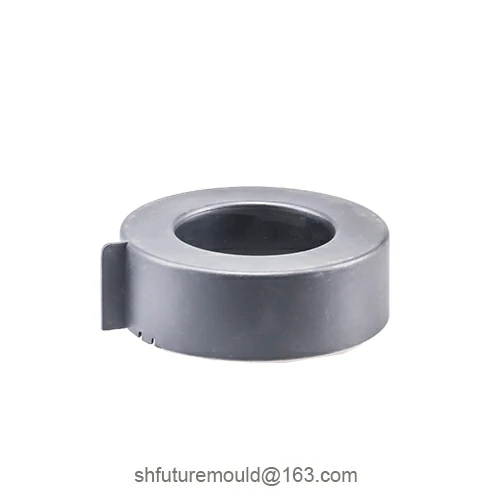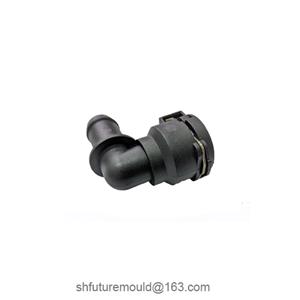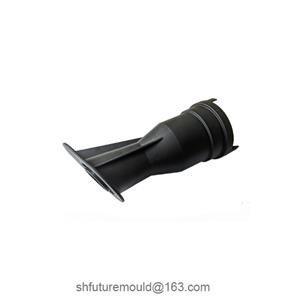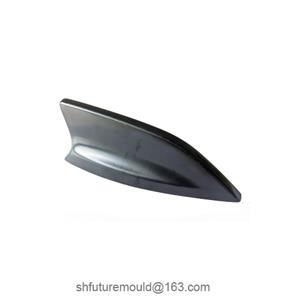Calculation of Working Dimensions for Cavity and Core in Injection Mold
The calculation of working dimensions for the cavity and core in an injection mold is a crucial aspect of mold design, directly impacting the dimensional accuracy of the molded part. This calculation involves part shrinkage, machining tolerance, and wear.
Factors Affecting Working Dimensions
Part Shrinkage: As plastic cools and solidifies, it undergoes shrinkage. Therefore, the cavity dimensions need to be slightly larger than the final part dimensions to compensate for this shrinkage.
Machining Tolerance: There is always a certain degree of tolerance in the mold machining process, which affects the dimensional accuracy of the molded part.
Wear: With repeated use, the mold will experience wear, especially at the contact surfaces between the cavity and core. Wear will gradually increase the dimensions of the molded part.
Calculation Methods
1.Radial Dimension Calculation
Cavity Radial Dimension: Based on the outer diameter of the part, the inner diameter of the cavity is calculated considering shrinkage and machining tolerance.
Core Radial Dimension: Based on the inner diameter of the part, the outer diameter of the core is calculated considering shrinkage and machining tolerance.
2.Depth and Height Dimension Calculation
Cavity Depth: Based on the thickness of the part, the cavity depth is calculated considering shrinkage and machining tolerance.
Core Height: The calculation is similar to the cavity depth.
3.Center Distance Calculation
The center distance is the distance between feature points on the part. When calculating, the shrinkage and machining tolerance of the part need to be considered.
- Injection Mold
- Automotive Injection Mold
- Electronics & Electrical Injection Mold
- Consumer Goods Injection Mold
- Airplane Components Injection Mold
- Medical Components Injection Mold
- Irrigation Components Injection Mold
- Injection Molds




